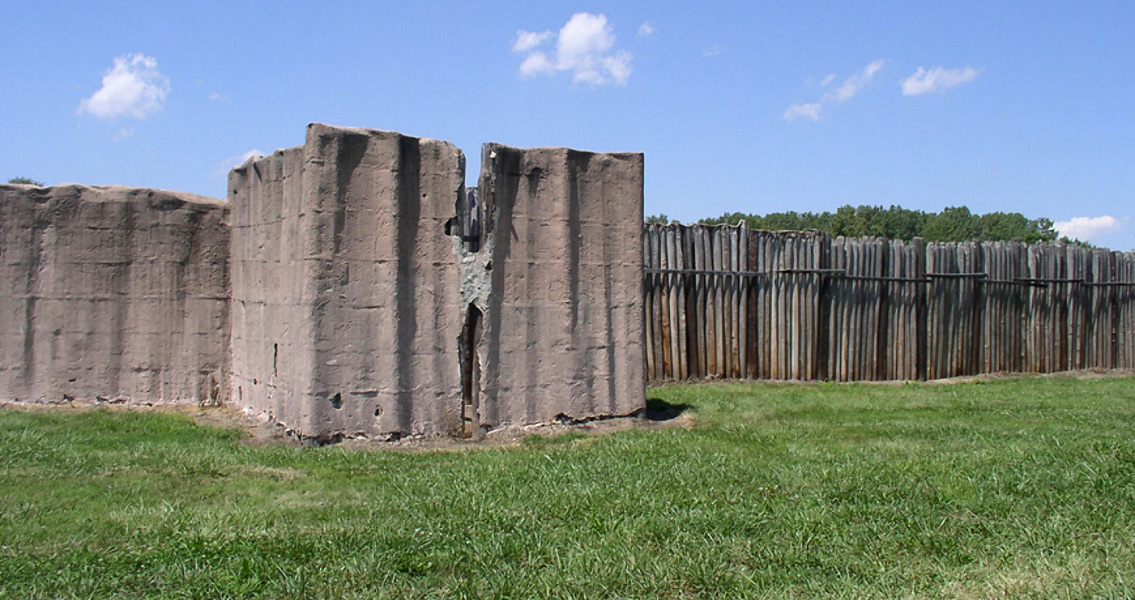<![CDATA[Several new studies concerning the practice of human sacrifice in the largest pre-Columbian city in North America have revealed that many of these sacrificial victims might not have been captives but instead local members of the community. Cahokia, an ancient city located in the region of what would one day become southwestern Illinois, was a burgeoning center of civilization that housed around 15,000 residents 900 years ago at its peak. The influence Cahokia exerted, both culturally and economically, was felt from the Gulf of Mexico to the Great Lakes, but one of the many lingering questions left from the long-gone metropolis concerns the city’s practice of human sacrifice. A burial mound found on the outskirts of modern-day St. Louis in the 1960s yielded close to 300 bodies – with the vast majority of them being young women that bore the telltale signs of being ritualistically sacrificed. With their remains interred in large pits and their bodies showing little in the way of any sort of trauma, these remains – dating back to between 1000 CE and 1100 CE – are thought to be of people killed in ways that might have included exsanguination or being strangled. However, there was also a group of remains – nearly forty – that were a mixed bag of men and women ranging from adolescence to middle age that had been dealt with violently before death. The mystery of why some remains were treated so carefully while others were subjected to tortuous conditions has flummoxed researchers for more than half a century. The original theory was that victims slated for sacrifice had been brought in from tributary communities under the control of Cahokia before being killed. However, new research has revealed that the young female sacrifices were sourced from local populations instead – and that the violently killed minority found in the mount might have been local as well. Scientists measured the levels of Strontium found in the teeth of the remains in order to determine where each individual was likely to have originated. As the radioactive isotope, which is present in groundwater, is absorbed at a standard rate, it was a clear indicator of whether the remains belonged to populations that were native to Cahokia or if they had grown to adulthood in different regions, where the amount of Strontium in the groundwater would have changed the absorption rate. The results were startling – while around two out of every three of the female sacrificial victims were from Cahokia, every single one of the brutally-treated sacrifices was local. Additionally, these abused sacrificial victims all shared genetic markers that might indicate that they were members of a local minority population – perhaps one that had been persecuted or discriminated against for socio-political reasons. For more information: www.onlinelibrary.wiley.com Image courtesy of Wikimedia Commons user: Herb Roe ]]>
Cahokia Human Sacrifices Sourced from Local Population
